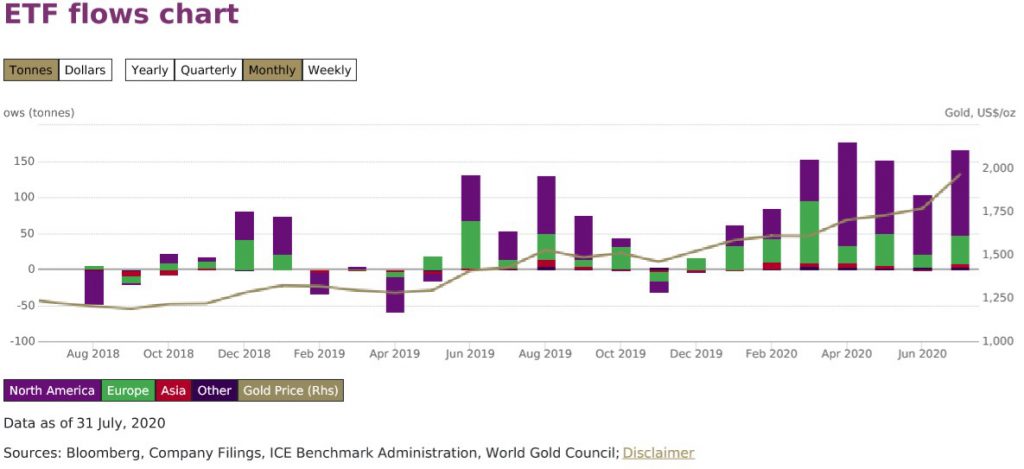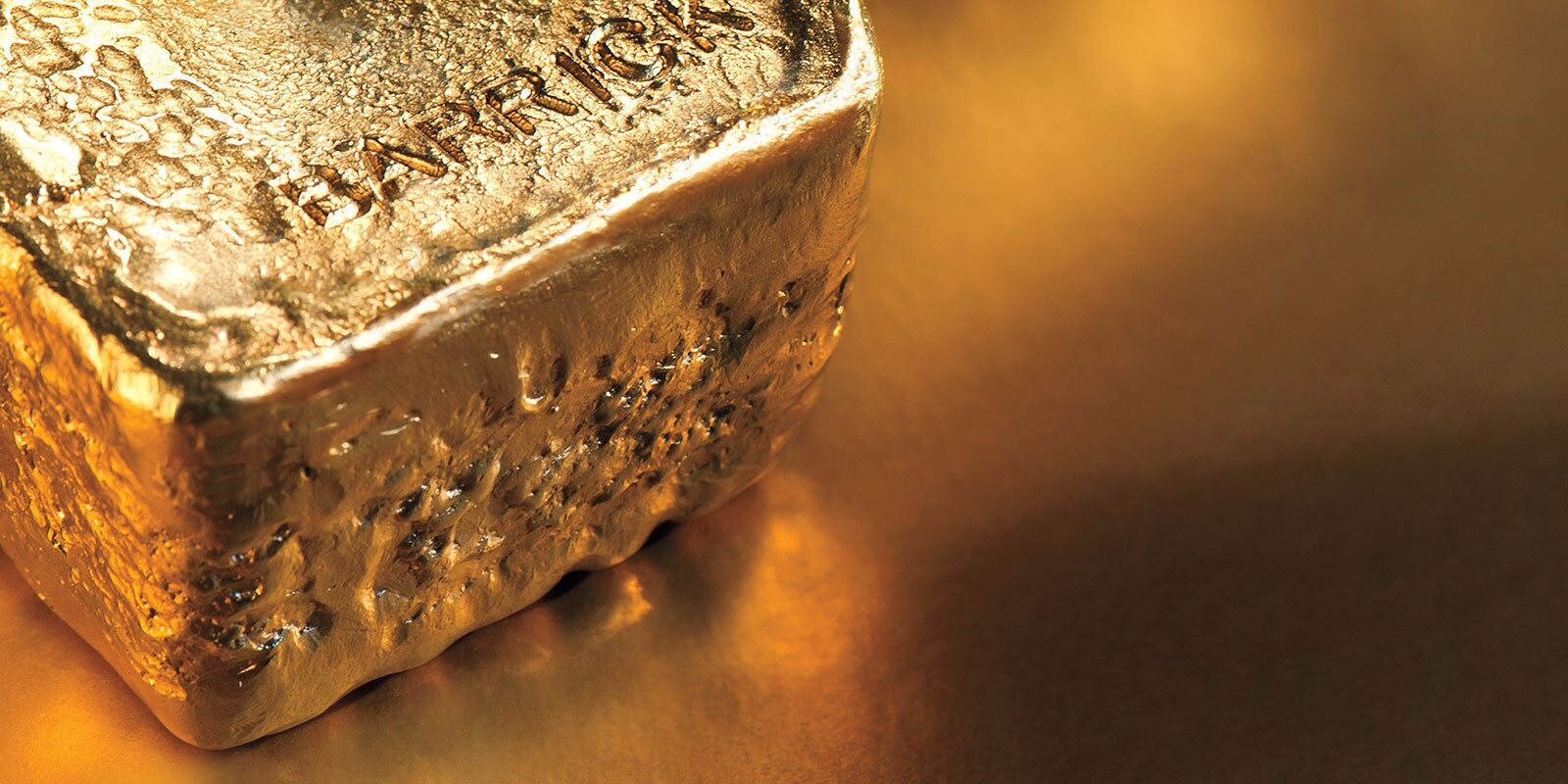Gold price breaks new record
Gold extended its record-breaking run on Thursday, driven by expectations of more monetary response as surging coronavirus cases continue to pummel the global economy.
Spot gold rose 1.0% to $2,060.01 per ounce as of 1:00 p.m. EDT after reaching an all-time high of $2,069.21 earlier in the day. US gold futures also rose 1.1% to $2,073.40 per ounce.
GOLD HAS RALLIED MORE THAN 35% SO FAR THIS YEAR
“There are mixed signals that the economy is recovering and some of the signs of recovery are relatively superficial as they show aggregate figures and not how medium and small enterprises continue to suffer,” Jeffrey Christian, managing partner of CPM Group, told Reuters.
“We have a very long way to go before we see a proper economic recovery,” he added.
Gold has rallied more than 35% so far this year as it is considered an asset that should hold its value while the covid-19 pandemic and money printing by central banks erode the value of others.
However, the World Gold Council (WGC) cautions that while the price of gold reached all-time highs in nominal terms, it remains below the inflation-adjusted record of $2,800 an ounce.
Gold ETFs dominate demand
Meanwhile, the WGC reported on Thursday that global holdings in gold ETFs reached a new all-time high in July on the back of gold’s latest rally.
Gold-backed ETFs and similar products recorded an eighth consecutive month of positive flows in July, adding 166 tonnes (equivalent to $9.7 billion) and taking total holdings to a record 3,785 tonnes by month-end.

Global net inflows of 899 tonnes ($49.1 billion) to date are considerably higher than previous annual highs, and the trend of inflows has continued in the first few trading days of August as the price of gold breached $2,000/oz.
While all regions saw net inflows in July, North American funds led by a significant margin, accounting for 75% of the global net inflows. The North American region added 118 tonnes ($7 billion) for the month, followed by European-listed funds, which added 40 tonnes ($2.1 billion).
SPDR Gold Shares led all individual funds in terms of inflows, adding 63 tonnes ($3.8 billion), while iShares Gold Trust added 35.5 tonnes ($2.1 billion).
Future outlook
Despite the economic weakness that has significantly hurt jewellery, bar and coin, and technology demand, the WGC believes geopolitical and economic uncertainty remains supportive for gold investment, and with real rates near or at all-time lows globally, the cost of holding gold remains low.
Year to date, gold ETF inflows have already surpassed the largest annual gain of 646 tonnes seen in 2009. Total holdings increased by 31% over the first six months of 2020.
“At present, covid-19 cases appear to be resurfacing, not just in the US but in other countries that had earlier appeared to contain the outbreak. The ultimate effect of this is still very much unknown,” the Council says.
“Ultimately, it could be the behaviour of central banks – with their continued expansionary monetary policy – that drives gold higher, as was a large contributor to the multi-year bull market in the price of gold following the great financial crisis and subsequent quantitative easing.”





